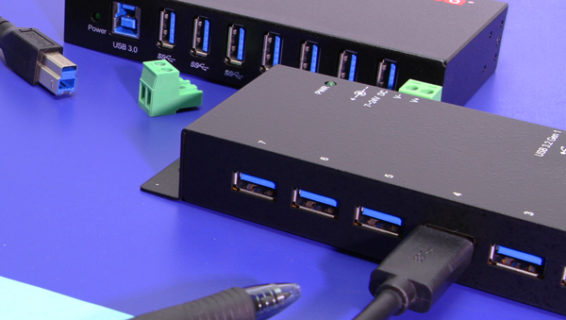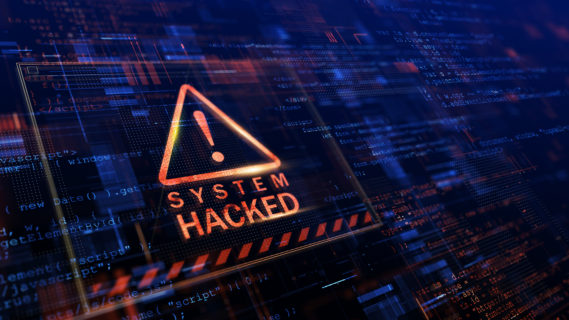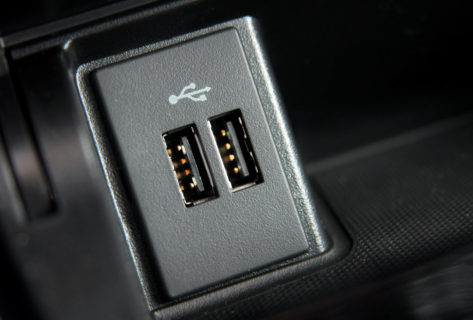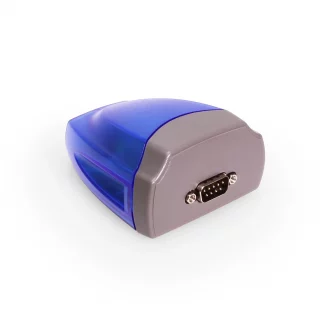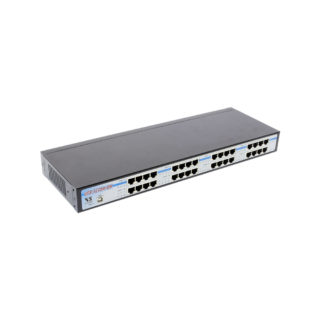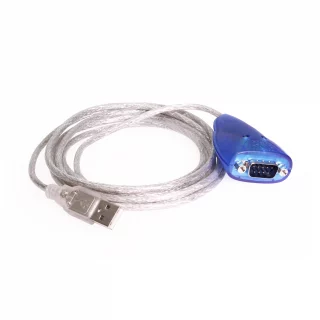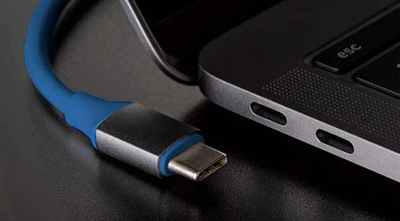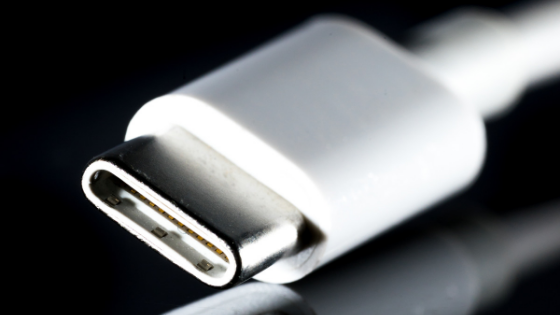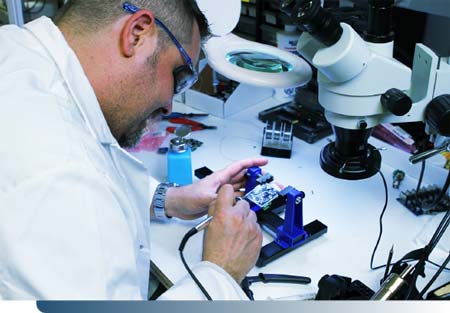Data entry is one of the biggest aspects of the medical industry that no one thinks about. However, every piece of information that you provide, from your name and address, to your blood pressure and heart rate, needs to be recorded and filed away. While old school clinics still keep paper records, most of the forms you see filled out are also entered into a computer system in order to create digital copies as well. However, even healthcare professionals who consider themselves on the cutting edge of technology still use keyboards and tablets to input their patients’ data into their digital system.
In the future, though, it’s possible that we won’t need keyboards and tablet computers to input data. It’s even possible that we won’t need screens to view that data. We’ll just need a flat surface, and a tiny projector to show us everything we want to see.
Are Holograms The Way of The Future?
Holograms are by no means a new idea. Generally speaking, a hologram is when a projector scatters light so that it creates the illusion of a 3D object. And, according to The Medical Futurist, these holograms might be the way of the future when it comes to inputting the data that we need in our files.
How does a projected image allow you to input data, though?
Well, holographic keyboards already exist, and the technology is fairly simple. The projector puts an image of a keyboard on a flat surface (a wall, a table, etc.), and when you break the light beams it registers that the same way it would you pushing down a key on a traditional keyboard. This sends a signal to the computer (if the projector is attached to a machine like a traditional keyboard would be), and the keys you “press” show up on the screen.
That’s something we can do right now. In fact, holographic keyboards are something of a relatively cheap, niche item thought of as little more than a curiosity. But the potential they represent is huge when it comes to future possibilities. After all, the projectors take up practically no room, so they save a lot of space in often cramped environments. They don’t gather dust or germs like traditional keyboards, so keeping the area clean is a breeze. Best of all, these projectors are small enough they can travel in a pocket, and be set up nearly anywhere. This allows both the data entry side of the medical field, as well as healthcare professionals, to have the tools they need pretty much anywhere there’s a flat surface to use them on.
What Could Be Coming Next
While the application of holographic data entry tools is impressive, it does beg the question of what we might see in the future from using these constructions of light as technology improves, and projectors become smaller, and even more portable.
Imagine, for a moment, all of the devices that would no longer be necessary in your average clinic, or hospital. All of the keyboards just gone, replaced by tiny projectors that never have to resist the impact of someone’s fingers, and will last significantly longer. But why stop there? What if the screens we see could also be recreated as a projection? Even better, as a three-dimensional projection, allowing us to simply see floating directions, text documents, or even 3D video conferences like something straight out of a sci-fi novel or Marvel movie.
Holograms are already seeing increased use in the medical field. Projectors that can overlay an image of where someone’s veins are so that nurses don’t have to guess are becoming more commonly used for drawing blood, for instance. Projectors can be used to show the condition of broken bones, or other damage done to internal parts of a patient’s body, providing a 3D image of what’s happening, and the problem that doctors face. So it’s entirely possible that, as holograms and projectors become more common tools throughout the medical field, that they might replace everything from wall screens, to keyboards, to tablets; because they just can’t compete with an all-in-one projector.
Are you working on innovative medical technology? Get in touch with our product specialists to help you find the right solutions. Contact us today!



